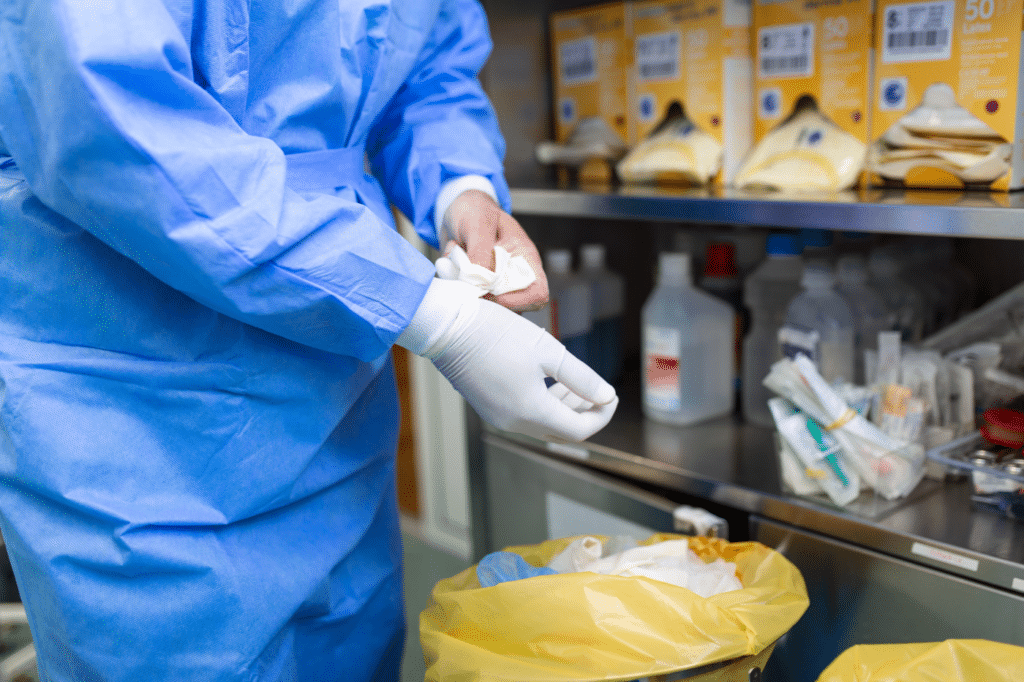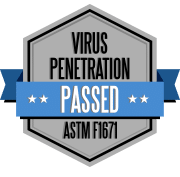The COVID-19 outbreak caused a global shortage of personal protective equipment (PPE), putting patients, hospitals, and healthcare workers at risk. The sudden surge in demand for PPE, combined with disrupted supply chains and production capabilities, meant insufficient supplies for frontline workers. As a result, hospitals are still struggling to maintain adequate PPE supplies.
To prevent future supply shortages, hospitals must take proactive measures to ensure a steady and reliable supply of PPE. By implementing strategic purchasing and inventory management practices, hospitals can minimize the risk of facing shortages during public health emergencies.
How pandemics break medical supply chains
Global pandemics, such as the COVID-19 outbreak, have a significant impact on the supply chains for hospital PPE supplies. The sudden surge in demand for items like patient transfer sheets, mattress covers, boot and shoe covers, masks, gloves, goggles, aprons, and gowns puts an immense strain on the supply chain, leading to shortages and disruptions.
Here’s how global pandemics break normally reliable supply chains for hospital PPE supplies:
1. Increased demand:
During a pandemic, the demand for PPE supplies skyrockets as hospitals, healthcare facilities, and even the general public seek to stock up on essential protective gear. For example, in a scenario in which 30% of the US population becomes ill from pandemic influenza, the estimated need for N95 respirators is 3.5 billion units (Carias et al., 2015). (ncbi.nlm.nih.gov)
This surge in demand often exceeds the production capacity of manufacturers, leading to shortages.
2. Disrupted or broken supply chains:
Pandemics can disrupt the production and distribution of PPE supplies at various points along the supply chain. Factors such as factory closures, transportation restrictions, and labor shortages due to illness can lead to delays and shortages in the availability of these critical supplies.
3. Global competition:
When a pandemic hits, countries around the world compete for the same limited resources, leading to price gouging and bidding wars for PPE supplies. This can create an unstable market and make it difficult for hospitals to secure the necessary supplies at a reasonable cost.
4. Stockpiling and hoarding:
Fears of shortages often lead to stockpiling and hoarding of PPE and medical supplies, further exacerbating the strain on the supply chain and making it difficult for hospitals to access the supplies they need. A 90-day stockpile is recommended – but no more.
5. Lack of coordination and communication:
During a global pandemic, the coordination and communication between manufacturers, suppliers, and healthcare facilities may break down, leading to inefficiencies and challenges in getting PPE supplies to where they are needed most.
In conclusion, global pandemics have a significant impact on the reliability of supply chains for hospital PPE supplies, leading to shortages, disruptions, and challenges in securing essential protective gear for healthcare workers and patients. Hospitals must have contingency plans and alternative supply sources in place to mitigate the impact of these disruptions on patient care.
Are PPE supply chain disruptions inevitable?
COVID-19 was not the first pandemic nor will it be the last, especially given the likely impacts of climate change. (ncbi.nlm.nih.gov)
Purchasing managers at hospitals across the country are concerned about the future of PPE supply chain disruptions and market failures.
Here’s what you need to know:
– The COVID-19 pandemic exposed major vulnerabilities in the global PPE supply chain, leading to widespread shortages and delays in procurement.
– The demand for PPE surged to unprecedented levels during the height of the pandemic, straining existing supply chains and causing disruptions.
– While many countries have made efforts to ramp up domestic production of PPE, the reliance on international suppliers for raw materials and components still poses a risk for future disruptions.
– The ongoing threat of new variants of the virus and potential future pandemics means that the demand for PPE is likely to remain high for the foreseeable future.
– Supply chain disruptions can also be caused by geopolitical tensions, trade disputes, and other unforeseen events that impact international trade and logistics.
While efforts have been made to mitigate future disruptions, the complex and interconnected nature of the PPE supply chain means that some level of disruption may still be inevitable. Vigilance, strategic planning, and diversification of suppliers are essential in preparing for and managing future disruptions.
Global trade
Global trade during the COVID-19 pandemic has been both a liability and a hindrance to accessing PPE for United States hospitals. With the surge in demand for PPE globally, many countries have restricted exports to keep supplies within their borders, leading to shortages in the US. This has made it increasingly challenging for hospitals to procure the necessary equipment to keep their staff and patients safe.
Additionally, disruptions in the global supply chain have also affected the availability of PPE. Transportation and logistics issues, as well as factory closures in some countries, have caused delays in the delivery of essential PPE to the US. This has further exacerbated the shortage and put hospitals at risk of not being able to protect their frontline workers adequately.
In light of these challenges, hospital purchasing managers must explore alternative, closer-to-home sourcing strategies.
3 Steps to a more secure supply chain for your hospital
You need a reliable supply chain for your hospital or surgical center’s PPE supplies. To achieve this, there are three key steps that hospitals should take to strengthen their supply infrastructure:
Strategic planning for PPE supplies
By strategically planning for PPE supplies, hospitals can avoid facing a crisis where they are unable to provide essential protective equipment to staff and patients.
Strategic planning for PPE supplies involves several key steps, including assessing current inventory, identifying potential risks and supply chain vulnerabilities, and developing contingency plans.
According to a report by the Association for Healthcare Resource & Materials Management (AHRMM), strategic planning for PPE supplies can help hospitals mitigate the impact of supply chain disruptions and ensure continuity of care. Hospitals that engage in strategic planning for PPE supplies are better equipped to navigate through crises and maintain a consistent supply of essential protective equipment.
The COVID-19 pandemic gave hospitals a wealth of information about surge capacity, supply requirements, staffing requirements, and other factors. Now is the time to use that information to create a future contingency plan that keeps your hospital ahead in a crisis.
Rely on the U.S. (or North American) PPE supply chain
North American or United States-based suppliers and manufacturers of personal protective equipment (PPE) are simply closer to home. These suppliers are less likely to be impacted by closures or nation-based shipping restrictions. This not only ensures the highest quality of PPE for your healthcare facility, but it also contributes to the overall stability and resilience of the US supply chain.
Here’s why it’s important to use North American manufacturers and U.S.-based suppliers:
1. Quality and safety: By sourcing PPE from US-based suppliers and manufacturers, you can ensure that the products meet the highest quality and safety standards. US regulations and standards are often stricter than those in other countries, providing an added layer of assurance for the protection of your staff and patients.
2. Reliability and responsiveness: Working with US-based suppliers and manufacturers means you can expect greater reliability and responsiveness in the supply chain. This can be especially crucial in times of high demand or supply chain disruptions, as seen during the COVID-19 pandemic.
3. Economic impact: Supporting domestic suppliers and manufacturers of PPE contributes to the strength and resilience of the US economy in difficult times. It helps create and sustain jobs, promotes innovation, and reduces reliance on imports.
According to the US Department of Health and Human Services, as of 2021, the US PPE supply chain has been significantly strengthened through investments and initiatives to increase domestic production capacity. This is a direct result of the COVID-19 pandemic.
Additionally, the US International Trade Commission reported that between 2018 and 2020, there was a notable increase in the production of PPE by US manufacturers, addressing the need for a more robust domestic supply chain for essential medical products.
Utilizing US-based suppliers and North American manufacturers, like Sloan Medical, for your hospital’s PPE is another strategic move you can make now – before another pandemic strikes.
Find and vet U.S.-based suppliers before they’re needed
Researching and vetting potential suppliers before they’re needed can help ensure a quick and efficient response in times of crisis. Here are some steps to consider when identifying and vetting alternative suppliers:
Research and identify potential suppliers
Conduct thorough research to identify potential alternative suppliers for critical medical supplies and equipment. Consider factors such as geographical location, product quality, reliability, and availability.
Reach out to industry associations, trade shows, and online directories to gather a list of potential suppliers. Look for suppliers who have a track record of providing high-quality products and have a proven ability to meet the demands of the healthcare industry.
Establish criteria for vetting suppliers
Once you have identified potential suppliers, establish a set of criteria for vetting and evaluating them. Consider factors such as:
- Financial stability & company longevity
- Manufacturing & distribution capacity
- Regulatory compliance & testing standard adherence
- Lead times
- Quality control measures
- Contingency plans for emergencies
Seek out feedback from other healthcare facilities that have worked with the suppliers in question. This can provide valuable insights into the supplier’s reliability, responsiveness, and overall performance.
Utilize online resources
Take advantage of online resources and platforms that provide information and ratings for suppliers in the healthcare industry. Websites such as ThomasNet, Health Industry Distributors Association (HIDA), and OpenMarkets offer valuable insights and ratings for healthcare suppliers that can aid in the vetting process.
Sloan Medical PPE: U.S.-based, North America manufactured
If the COVID-19 pandemic taught us anything, it’s that preparing for future pandemics or national emergencies requires proactive steps to identify and vet alternative suppliers. By taking the proactive steps above, hospitals can better position themselves to avoid a severe shortage. As you begin vetting suppliers and shoring up your supply chain, consider Sloan Medical for your shortlist.
Our product lines have been perfected over our 30+ years in business and are guaranteed to perform in all types of environments. Handcrafted in North America, Sloan Medical takes pride in our ability to ship most PPE supplies within 24 hours of your direct order.
Beyond ordering directly, our products are also distributed through:
- American Medical Depot
- Bowers Medical Supply
- Buffalo Hospital Supply
- Cardinal Health
- Healthmark Industries
- LeeSar / Cooperative Services of Florida
- McKesson
- Medline Industries
- Owens & Minor
- Professional Hospital Supply
- Seneca Medical
- Shared Service Systems
Our Midwest-based, family-owned company was founded by a urologist who treasures the healthcare community and values personalized service. Ask your team to take our products for a test drive, free.





